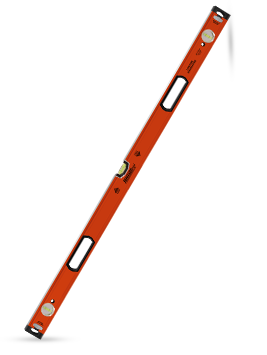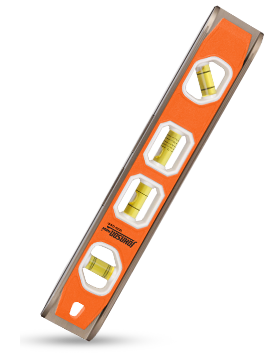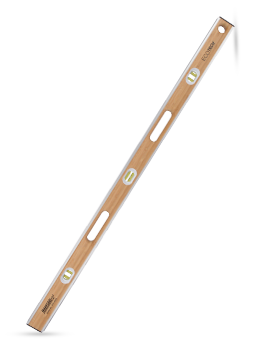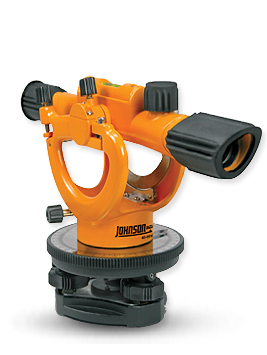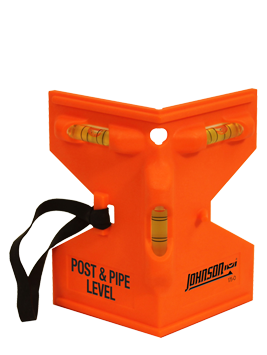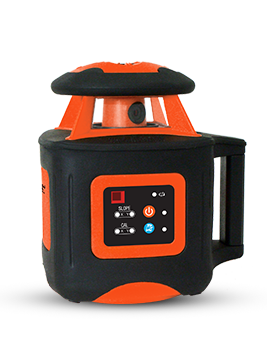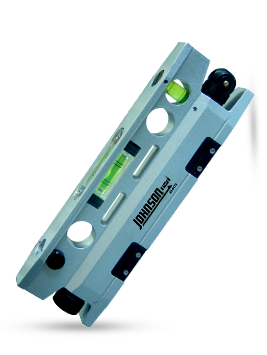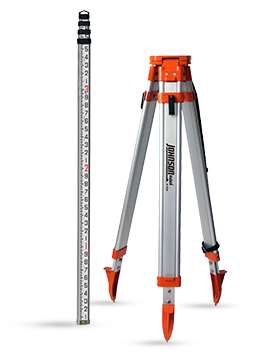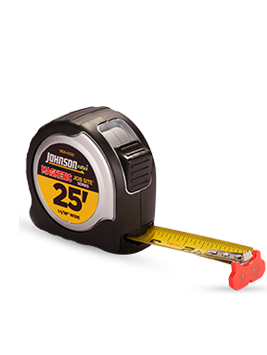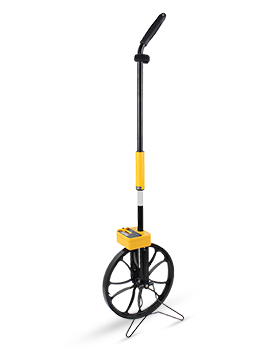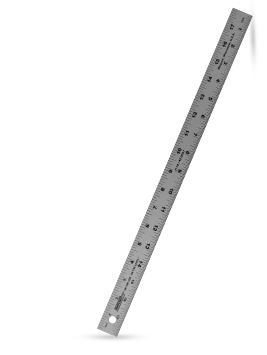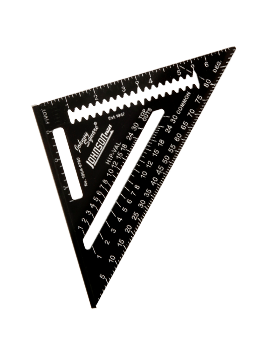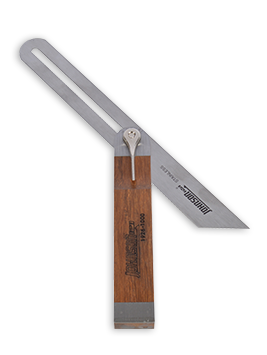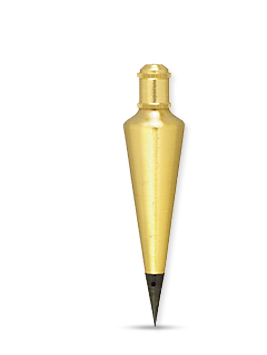Carpentry Tools: T-Bevels
A sliding T-bevel is an instrument that is used for both laying out and transferring angles. These tools are pivotal for many different kinds of construction jobs, especially for those in which the ideal 90° angles are not possible. With the sliding T-bevel, one is able to conform his/her projects to less than ideal angle measurements.
Sliding T-Bevel Terminology and Functionality
The sliding T-bevel is composed of a handle with a metal blade attached to it. One end of the blade is rounded off, while the other end of the blade is cut at a 45° angle. The handle of the bevel is either molded or wood and is attached to the metal blade with a wing nut or thumbscrew. When the wing nut is loosened, the blade is free to rotate a full 360°. This allows the blade to make an angle of any degree in reference to the handle. This free rotation allows the sliding T bevel to be an excellent resource in tracing or transferring any degree. This is particularly helpful when working on renovation projects and on projects where angles are non-standard.
How To Use a Sliding T Bevel
The sliding T-bevel can be used to either originate an angle or trace and transfer a current angle. Listed are the steps necessary in order to use the sliding T bevel.
To make a new angle:
- Loosen the wing nut adjustment so that the blade is free to rotate.
- Swing the blade until the desired angle between the handle of the bevel and the blade side is made. This may be best achieved by placing a protractor on the inside of the bevel itself (so that the protractor is resting on the wing nut) and measuring out the desired angle.
- Lock the T bevel into place by tightening the wing nut.
- Lay the T bevel on your working surface and draw the angle by tracing along the inside of the T bevel blade and handle.
- Cut away!
To transfer an existing angle:
- Loosen the wing nut adjustment so that the blade is free to rotate
- Lay the T bevel against the surface of the angle cut to be copied.
- Rotate the inside edge of the blade to the existing angle until it matches the angle being transferred.
- Tighten the wing nut until it locks the blade and handle in position.
- Place the T bevel on the working surface and transfer the angle.
- Draw out the angle by tracing along the bevel on the inside edge of the blade and handle.
If you’d like more guides on the proper use of tools, visit Johnson Level’s how-to guide on levels and tools.
View T-Bevels for sale online from Johnson Level.

